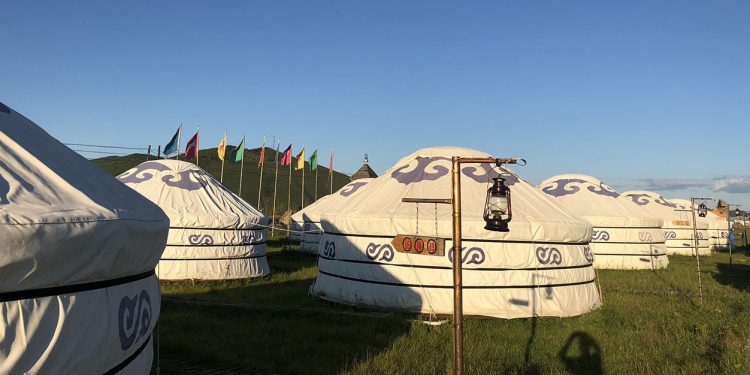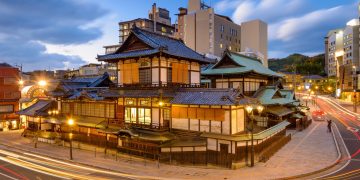With the pandemic halting travel plans, many have turned to ‘virtual travelling’ to sate their wanderlust. For those yearning to catch a glimpse of other pockets of the world, TheHomeGround Asia brings you on a journey in Through the Eyes… where we ask expatriates in Singapore what they love most about their home countries. In this installation, Sales Director Hawk Gao reveals the low-down on the city of Hulunbuir. Located in the northeastern region of Inner Mongolia, China, Hulunbuir boasts expansive grasslands, Asia’s largest wetland, short summers, and frigid winters.
Just west of Manchuria in northeastern China, within the north-most region of Inner Mongolia, lies the prefecture-level city of Hulunbuir. In terms of landmass, Hulunbuir spans over 269,953 square kilometres, roughly the size of New Zealand, and it is otherwise known as the ‘largest municipality in the world’. While one would expect cities to be laden with towering skyscrapers, dense housing and huge populations, the landscapes in Hulunbuir are far from that.
Sparsely populated (about 2.5 million), Hulunbuir sees some of China’s most unspoilt bits of wilderness: A blanket of green stretches across the expansive grasslands where sheep roam freely and yurt-dwelling families tend to their cattle or horses during the warmer climates. In winter, the temperature dips below -20°C and the cold transforms these famous grassy plateaus into an endlessly thick blanket of ice and snow, where it stays for months.
“The best time to visit is between June and August,” says Hawk Gao, 43. “That’s when you get friendlier weather and you can enjoy the beautiful view of the forests, grasslands, lakes, and mountains.”
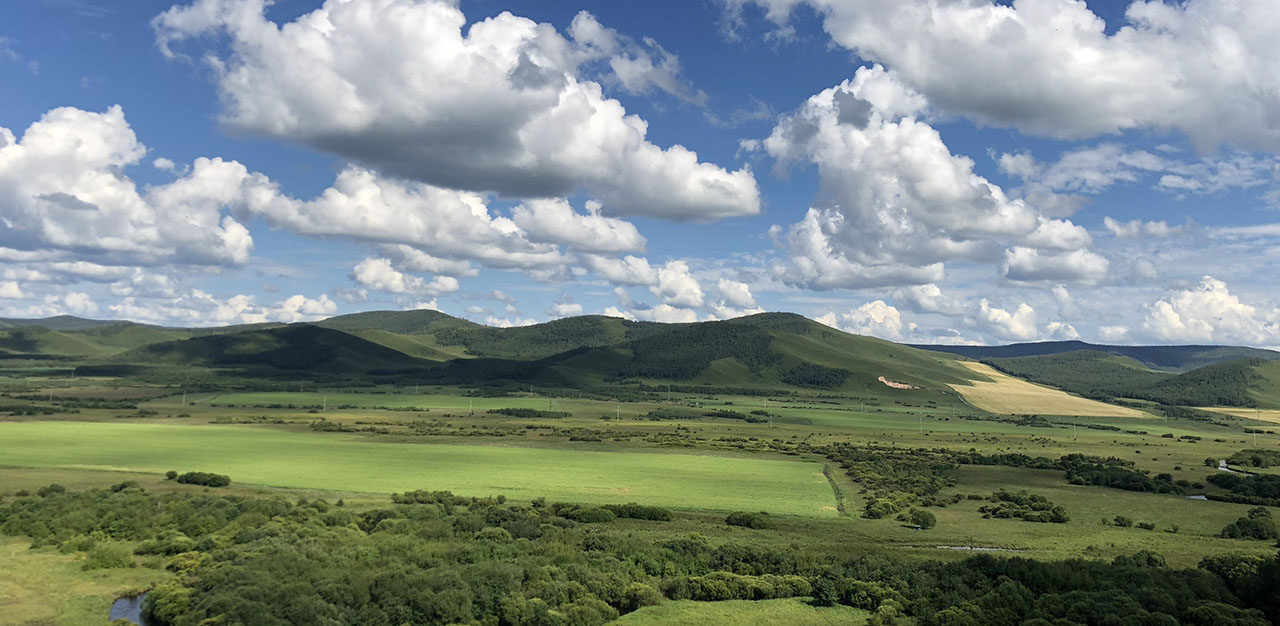
Mr Gao was born in a small village in Ergun City, Hulunbuir. At six years old, he moved to the Hailar district, or Hulunbuir’s urban centre, where he lived with his grandparents and attended school there. It was only when he turned 17 that he left his hometown to pursue his university education in Changsha, the capital of Hunan Province in central China. In December 2019, Mr Gao and his family – his wife and daughter – migrated to Singapore, where he leads the Southeast Asia, Australia and New Zealand sales team for a multinational corporation.
Embracing nature at Hulunbuir Prairie
For nature lovers, the wilderness in Hulunbuir is a sight to behold. For first-timers, making a trip to the Hulunbuir Prairie is a worthwhile investment. Praised as China’s most beautiful grassland, the prairie offers an unhindered view of lush green grass, gently-rolling hills and meandering streams of river, all of which are set beneath the clear blue sky and the occasional silhouettes of mountains in the background.
As bumpy terrains are aplenty, the best way to travel within Hulunbuir, according to Mr Gao, is to rent an SUV and drive from one location to the next. Or you can seek a local to drive you around.
The Hulunbuir Prairie is also home to the Golden Horde Mongolian Tribe, the only nomadic tribe that is open to tourists. There, you can get up close and personal with the nomads, witness the majestic Mongolian yurts that have been designed to resemble the ones back in the 12th and 13th centuries, partake in horse-riding, and more.

To Mr Gao, the expansive grasslands is a welcome respite for anyone wanting to get away from the hustle and bustle of the cities: “If you decide to stay overnight, you’d probably have dinner by the campfire where the people will serve you Chinese liquor, sing and dance. It gets really dark, so you can also see the stars at night too,” he adds.
“There was once in the early-2000s that people from Beijing or Shanghai would flock to Hulunbuir to take pictures of the rolling green hills,” Mr Gao recalls with a laugh, noting how the landscape in his hometown closely resembles the likes of the famous Windows XP computer wallpaper, Bliss. While the original photograph was shot by American photograph Charles O’Rear in Sonoma County, California, in the late-90s, the resemblance of the two is somewhat uncanny. He says, “The locals were confused!”

A quasi-Russian fantasy within China’s Inner Mongolia
The sub-prefectural city of Manzhouli in the western region of Hulunbuir sits right at the border of Russia and Inner Mongolia. This is also where the Trans-Siberia Railway crosses from China into Russia. Given its proximity to Russia, one can immerse in a great deal of Russian culture here.
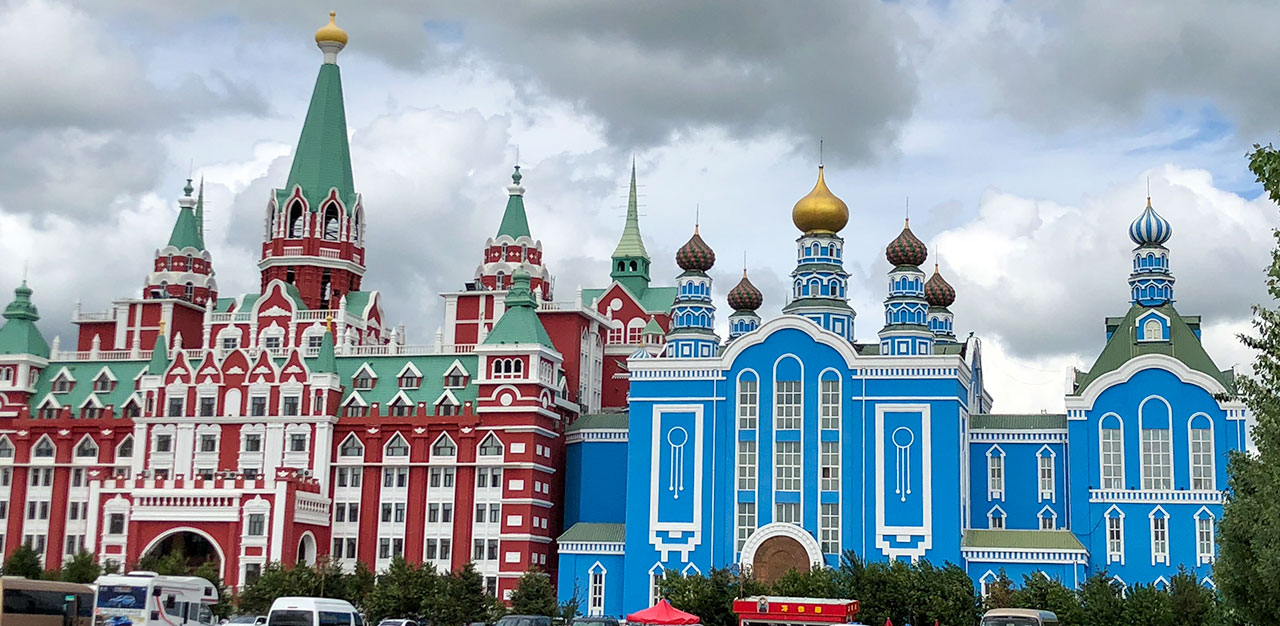
Restaurants and cafes that line the charming street are often seen offering Mongolian and Russian cuisines. Signage on the streets are written mostly in Chinese, Russian or Cyrillic, while most souvenir shops proffer Russian goods and curios, such as snacks and Matryoshka dolls, for tourists. With buildings constructed with austere thick walls, exotic shapes and colours, the architecture within the area also boasts some facet of Russian influences.
“At the Matryoshka Square, you can see plenty of large Russian nesting dolls decorating the grounds and the largest of the lot is a hotel,” Mr Gao says.
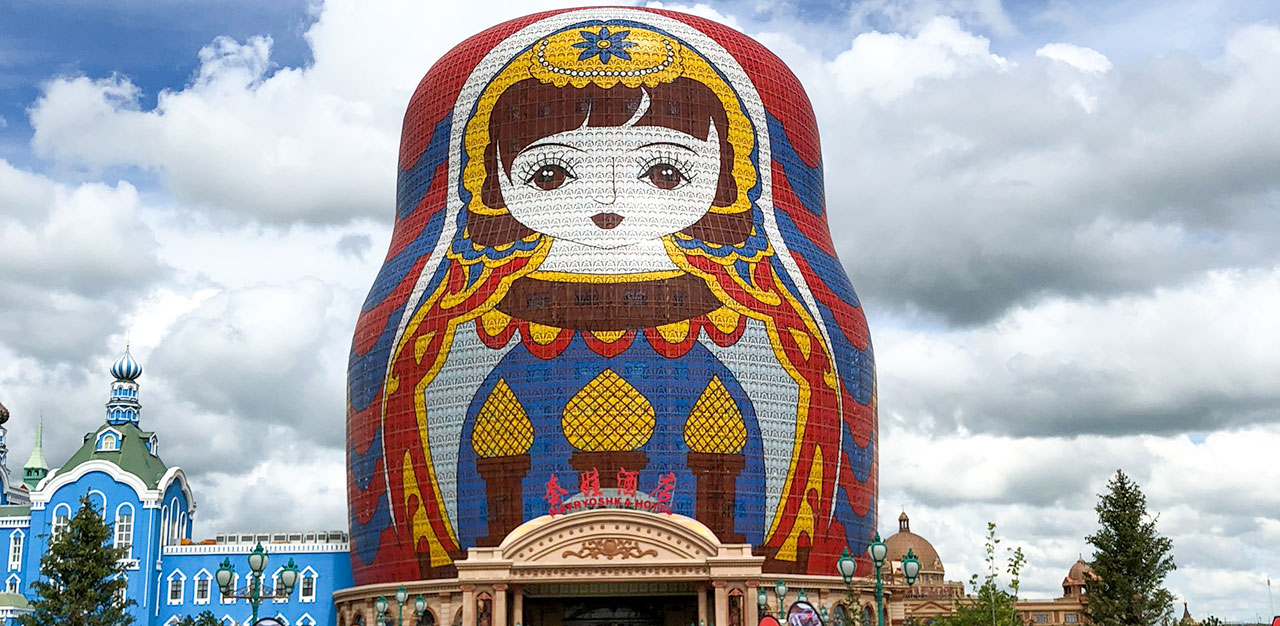
And yet, it is only at night that the city truly shines.
At night, Manzhouli transforms into a city of gold. As the sun sets, skyscrapers, residential buildings and even street lamps light up and shower the city and its streets in warm, glorious gold. Such a scene is reminiscent of the shiny, neon-lit city of Las Vegas.
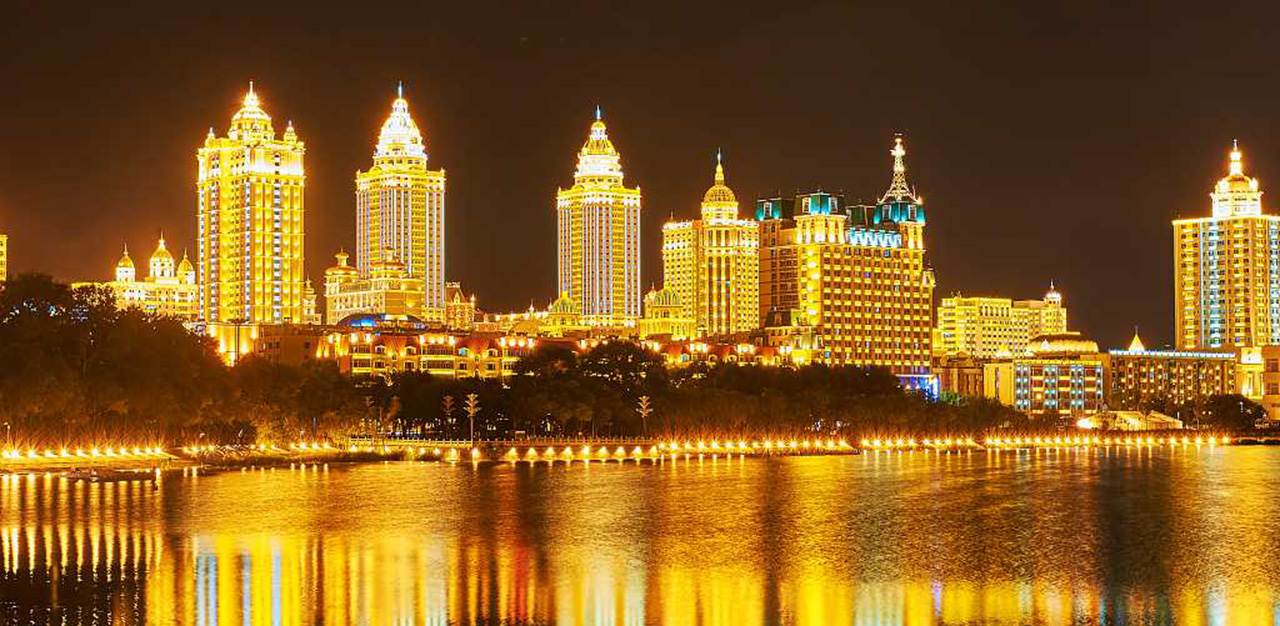
Shiwei, home to Russian-Chinese
Some 300 kilometres away from the Hailar District, lies the village of Shiwei in Ergun City. The quaint village, which is located in the northern region of Hulunbuir and happens to be situated beside the Russian border, is home to Russian-Chinese, one of the smallest ethnic minority groups in China.
At Shiwei, traditional Russian log cabins, known as Mukeleng, can be seen scattered along the E’erguna River. Spanning 1,620 kilometres, this river forms part of the Sino-Russia border. In other words, one bank of the E’erguna River is Russian territory and it is connected to Shiwei by a run-of-the-mill ‘Friendship Bridge’.
For Mr Gao, the village of Shiwei is a short 1.5 hours’ drive away from his birth town, Inner Mongolia Suqin Ranch. Shiwei is also where some of his parents’ friends reside. Occasionally, he would visit Shiwei to attend a wedding ceremony or go on a getaway to rejuvenate.
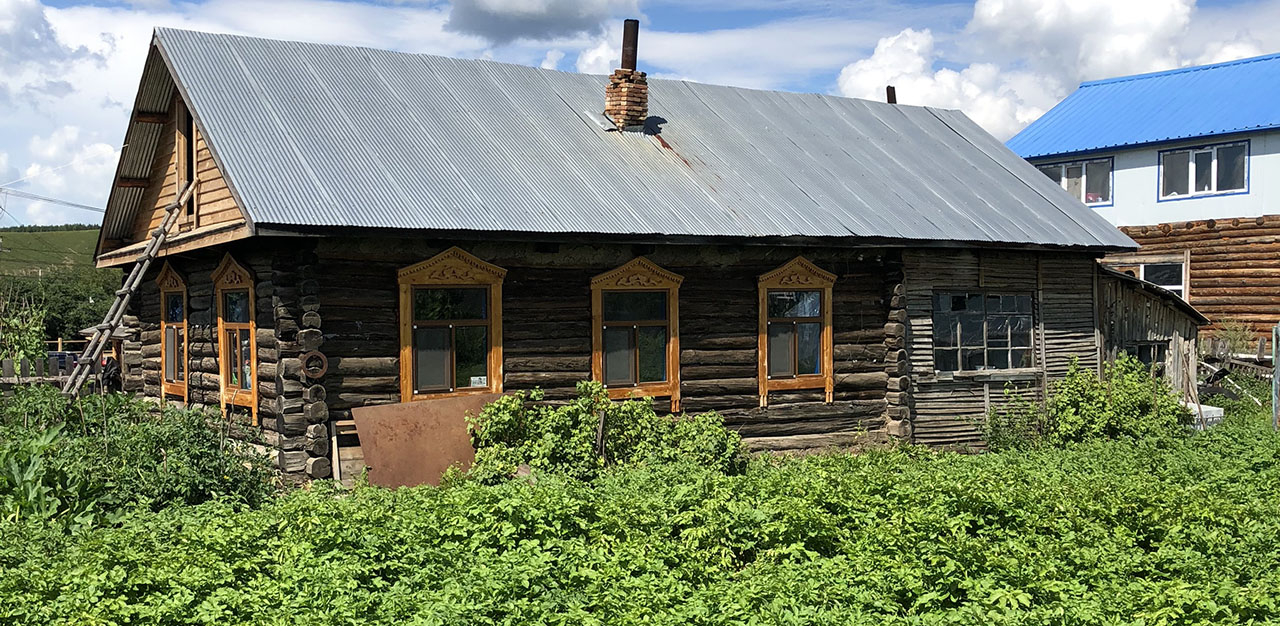
On what he misses most about Hulunbuir, Mr Gao swiftly replies, “The people and culture. I still have a lot of childhood friends and relatives who are living there. And even though I am a Han person, Mongolian music and food are things that have become a part of my DNA. Now that I am based overseas, I still listen to Mongolian music sometimes. So, those are the things I miss most.”
Some useful phrases
It is useful to have some basic phrases at hand, as using them could help to connect with the local population. In Hulunbuir, Chinese is widely spoken, but there are some who converse in Mongolian and Russian. When in Inner Mongolia, try these:
Hello – 你好 (Chinese) / privet (Russian) / sain-oo (Mongolian)
Thank you – 谢谢/ Spasiba / bayrl-laa
Good morning – 早安 / dobroye utro / ogloonii mend
Good bye – 再见 / do svidaniya / bayartai
Good night – 晚安/ spokoynoy nochi / saikhan amraarai
How much is this? – 请问,这个多少钱?/ skol’ko eto stoit? / ene yamar unetei ve?
Do you speak English? – 你会说英语吗?/ ty govorish po-angliyski/ ta angliar yaridag uu?



